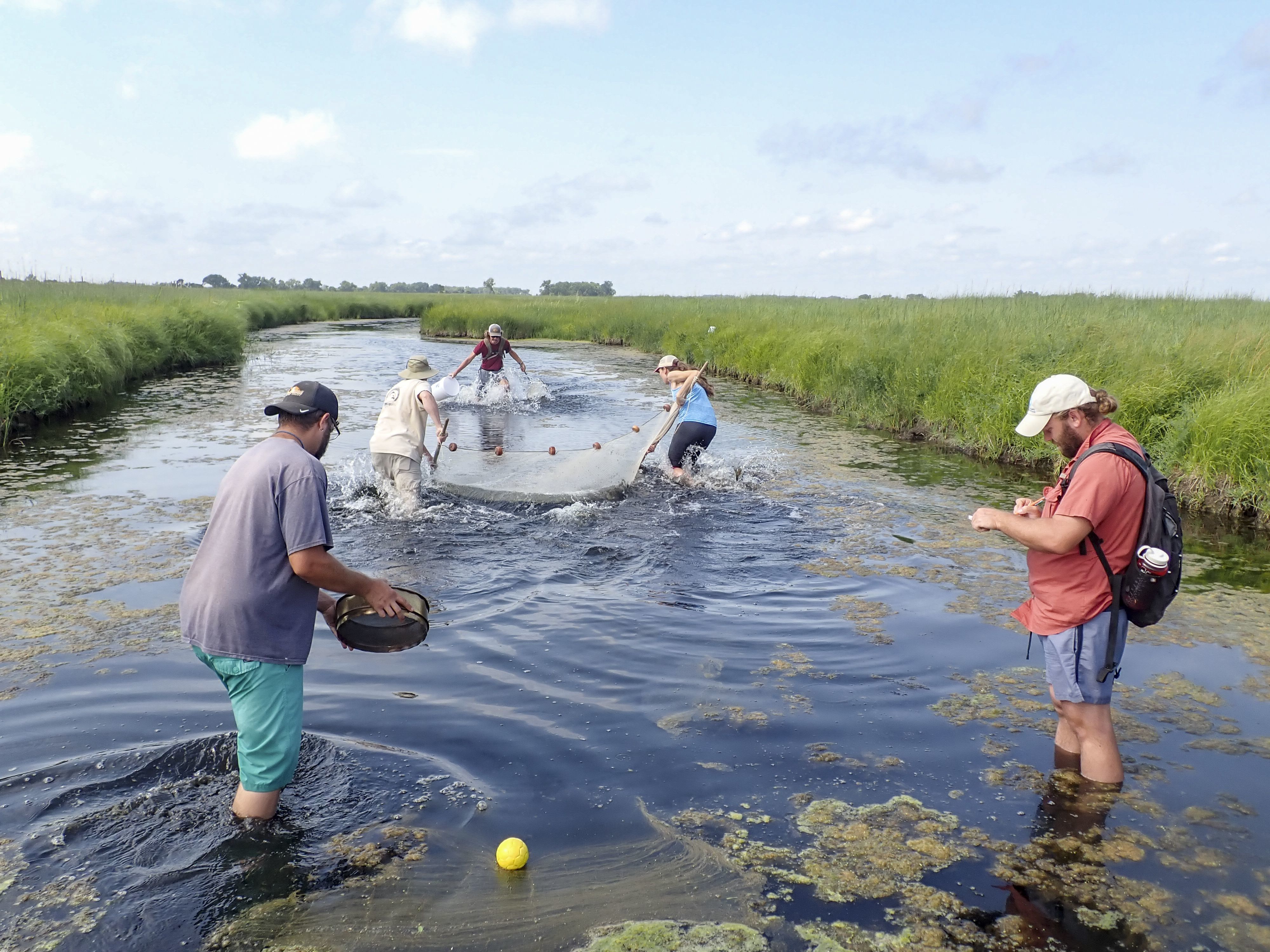Support Our Mission
The Crane Trust is an independent non-profit organization that depends on your generous support to protect and preserve critical habitat for Sandhill Cranes and endangered Whooping Cranes.
You can help ensure that cranes, other migratory birds, and a variety of wildlife will continue to thrive along the Platte River for years to come.
The Crane Trust is a 501(C)3 non-profit formally named the Platte River Whooping Crane Maintenance Trust, Inc. EIN 47-0623996
Current Projects Needing Support
Your support is essential for successful habitat restoration and protection, outreach efforts to engage the community, and other projects to sustain resources for cranes and countless other species sharing fragile river and prairie ecosystems. Read on to learn about a few of the important projects underway.
Controlled Burns
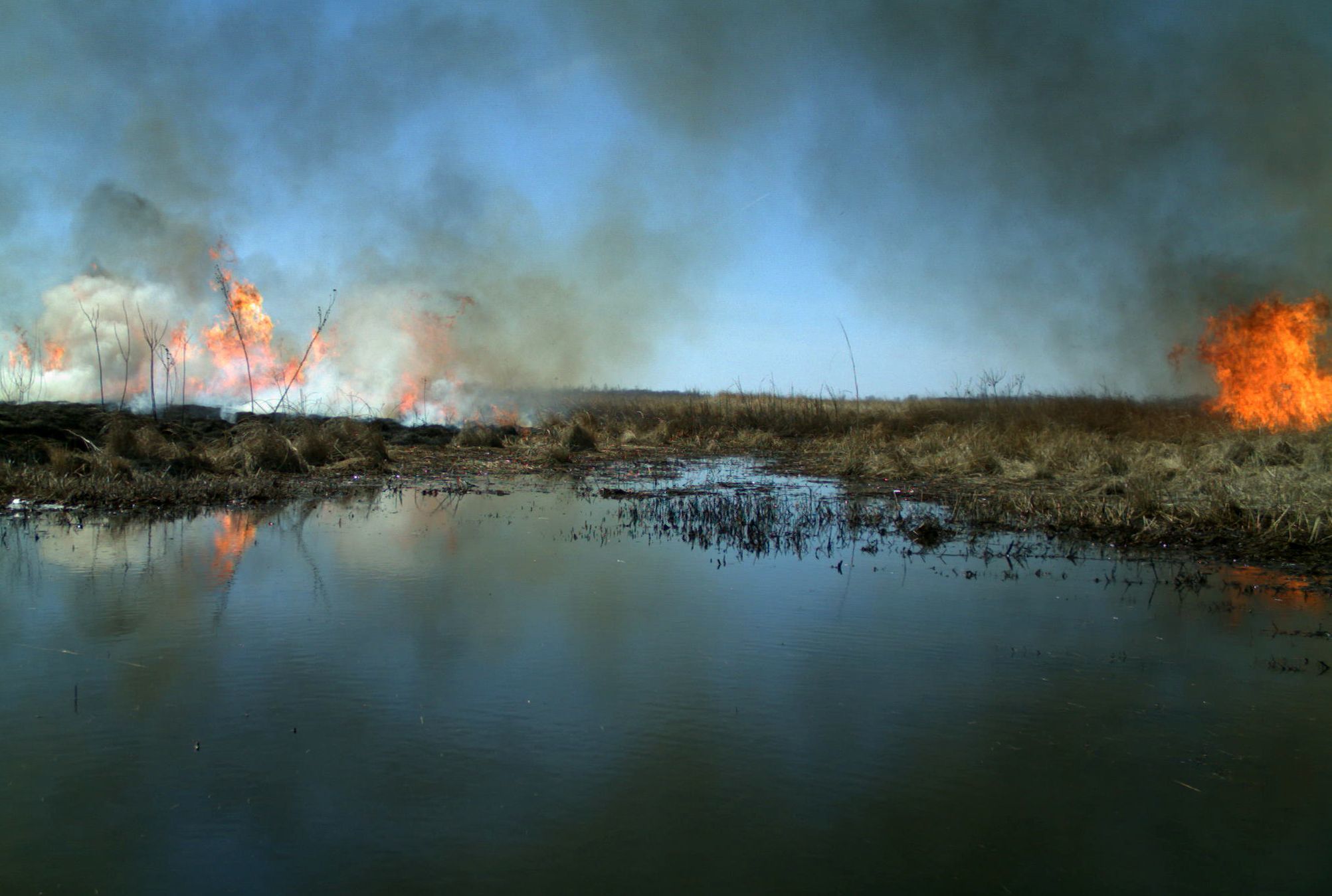
Fire is an essential ingredient and a valuable tool in the Crane Trust’s ongoing program to maintain a diverse, productive and beneficial ecosystem for cranes along the Platte River. Before European settlement, fire on the prairie was as natural and necessary as the rains. Native plants and wildlife evolved with fire, and many species have adapted to survive the flames and to depend on their rejuvenating effects.
Few activities at the Crane Trust are as labor-intensive, harder on equipment, and more closely monitored than prescribed burning. But it’s an investment that must be made year in and year out to study, create and preserve vital habitat for cranes—and the diversity they require.
Controlled burns can cost as much as $3,500 per burn.
River Clearing
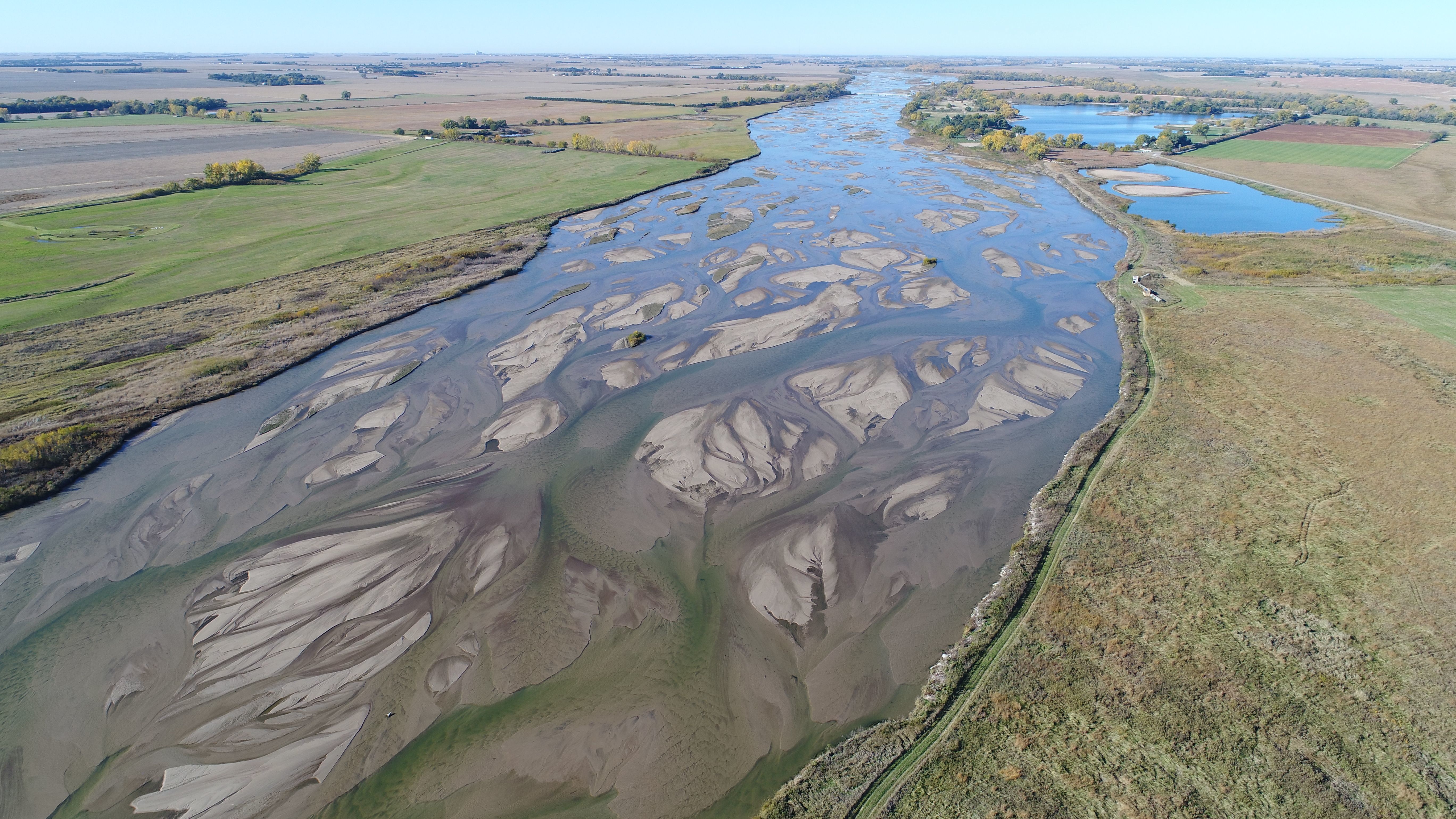
Through much of October and into November, the Crane Trust’s land and habitat management teams focus on the Trust’s riverine habitat in clearing unwanted vegetation from overgrown islands, sandbars and riverbanks. As important as it is, vegetation removal on the Platte is slow, hard, and tedious work. And it requires heavy machinery that, under fluctuating river conditions, is prone to breaking down and getting stuck in the watery sand. Working speeds on a good day are in the 5-6 mph range. For highly vegetated, woody areas, the Trust’s Kershaw Klearway® shredder is used to cut down the heavier growth before coming back in with a tracked tractor and heavy-duty disc.
Multiple passes are often required to ensure adequate penetration to effectively disrupt the plant’s root system and free the plant. “Harvested” plants are left in the riverbed to be carried away when higher river flows return. Over a six-week period, the land and habitat management teams were able to clear a four-mile stretch of river in the Platte’s south channel from Highway 281 to the Alda Road Bridge. All told, the Crane Trust manages approximately 18 miles of river channel, so the process is ongoing.
River clearing can cost as much as $180 per acre.
Trail Maintenance
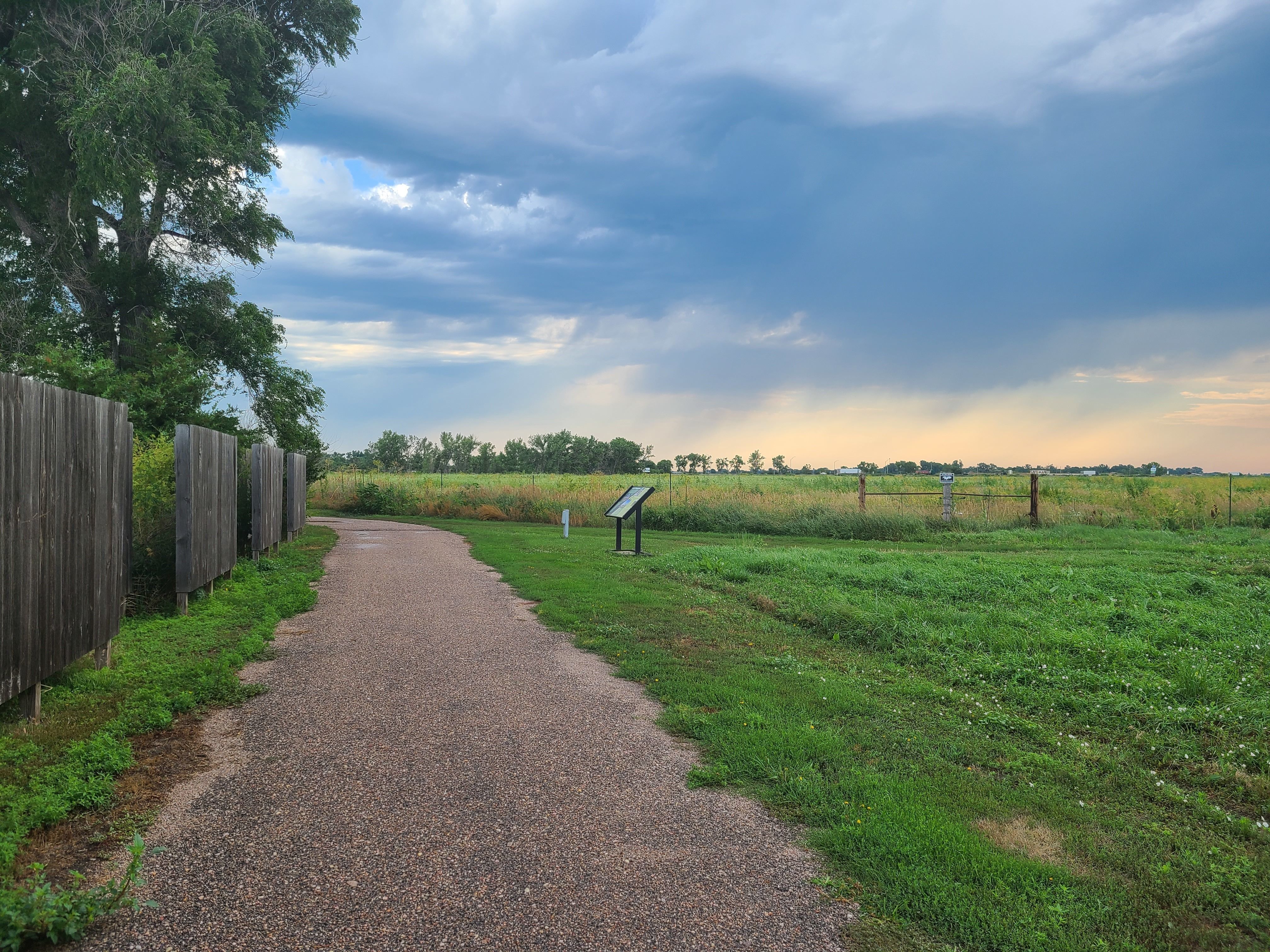
The vision for the nearly 10-mile mowed trail system is to literally open the doors for visitors of all ages to experience and learn about this amazing ecosystem firsthand. As a centerpiece in the Trust’s commitment to public outreach and education, the self-guided tours are an important step in building the kind of understanding and appreciation necessary to protect and preserve this extraordinary habitat for future generations.
Trail maintenance can cost as much as $20,000 per year.
Tree clearing can cost as much as $250-$500 per acre.
American Bison Herd
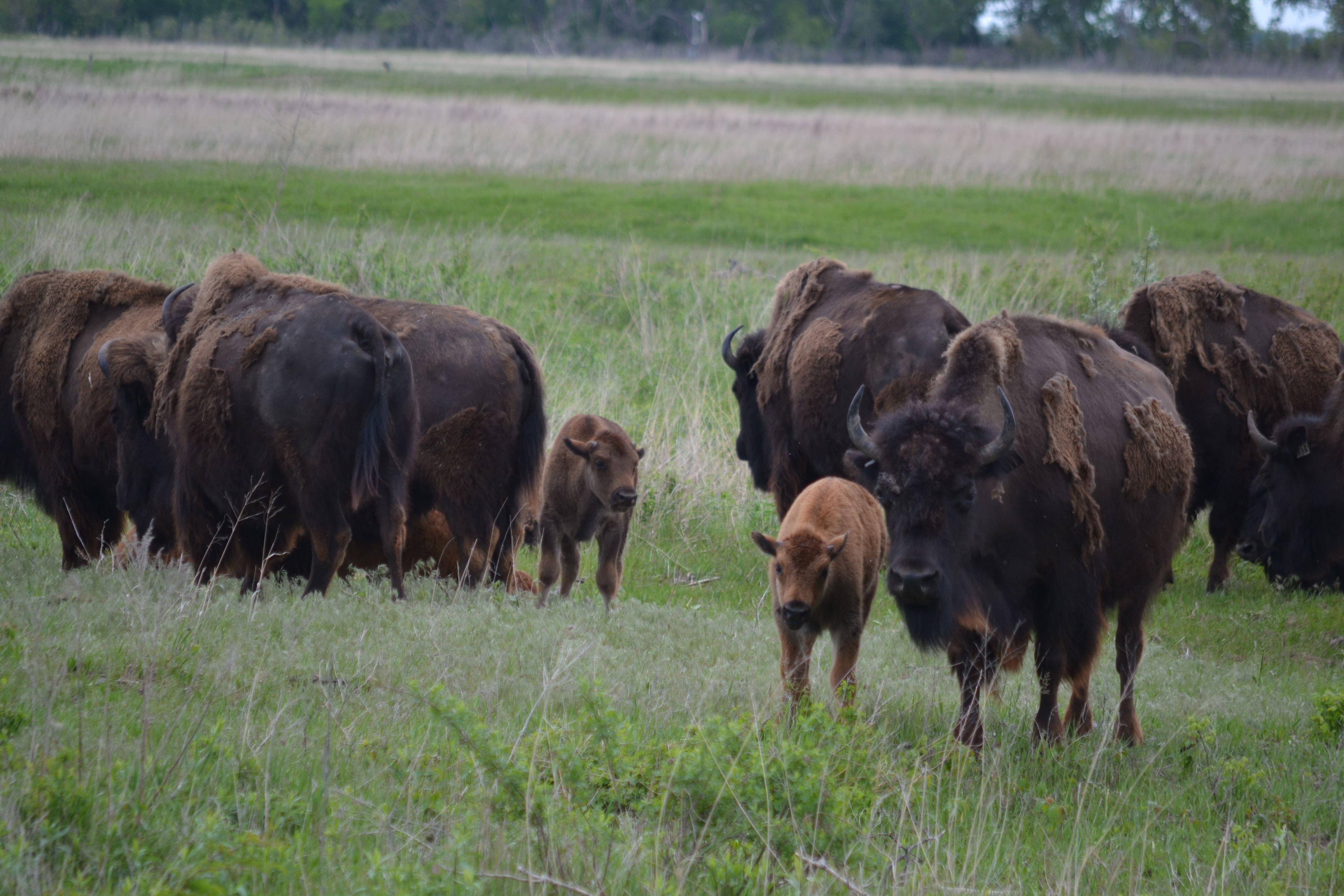
The Crane Trust continues to reintroduce genetically pure American bison to the Platte River ecosystem on 4,500 contiguous acres of native tall- and mixed-grass prairie. This re-introduction of plains bison to Crane Trust lands on Mormon and Shoemaker islands serves as an important restorative step in the Crane Trust’s long-term goals for managing the region’s habitat and ecology for cranes and other migratory birds.
While fencing and handling facilities are being installed, improved and maintained, Crane Trust researchers are also studying and documenting the differential effects of bison and cattle on key ecological processes, including nutrient recycling, vegetative patching, habitat quality, disturbances (wallowing and horning), plant diversity, seed dispersal, and primary plant productivity. This is the first time such research has been conducted on Platte River habitat, with its complex mosaic of wet meadows, mixed and tall-grass prairie, and riparian habitat.
An American bison calf costs as much as $1,600 per calf.
Maintenance of bison habitat and fence can cost as much as $30,000 per year.
Crane Viewing Blinds
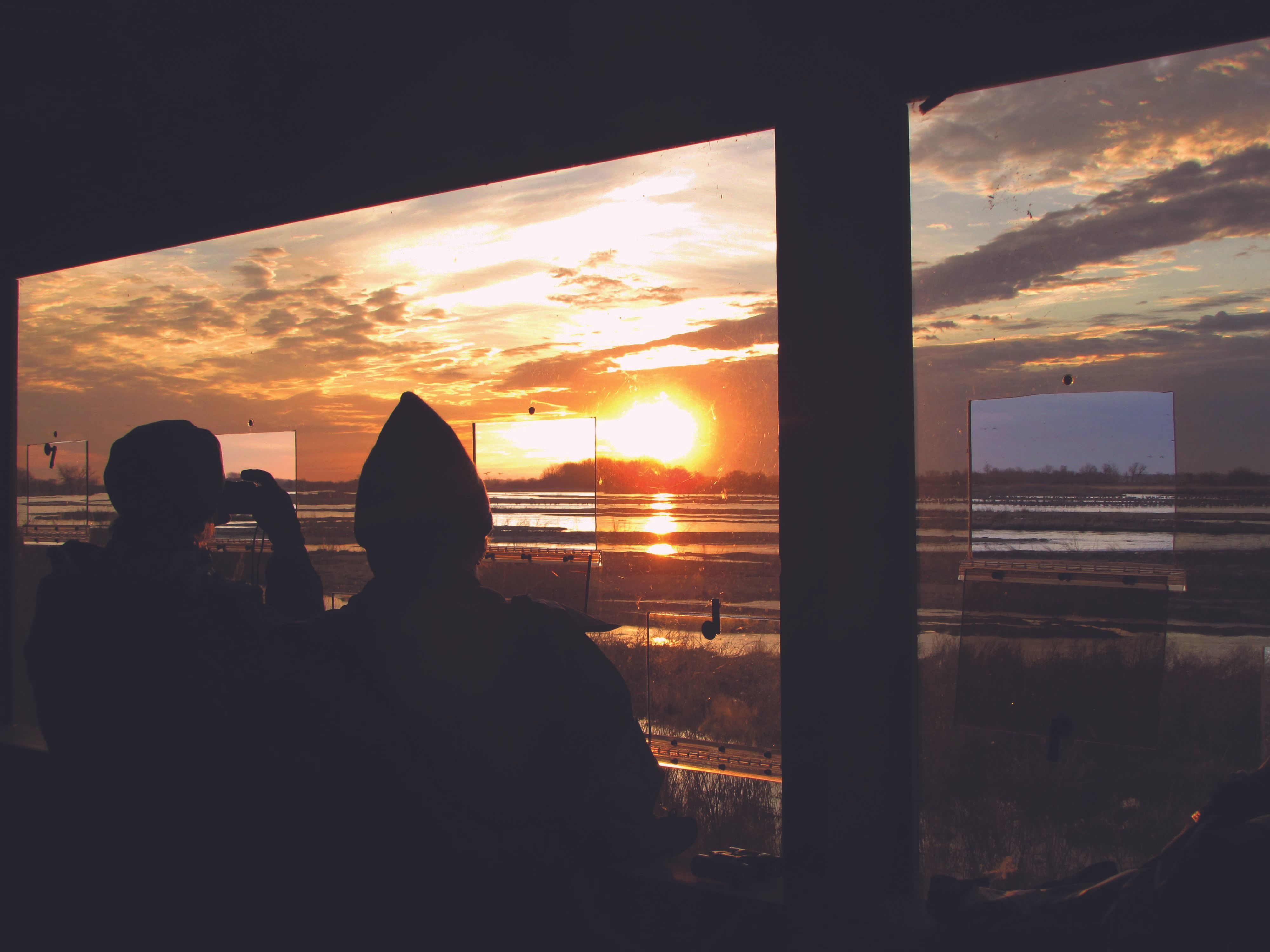
From the Crane Trust’s two viewing blinds on the banks of the Platte River, guests have an opportunity to experience the largest concentrations of sandhill cranes up close and in the most intimate way possible — as the cranes wake up at sunrise from their river roost just meters away or at dusk, as thousands upon thousands of cranes return from feeding in neighboring fields to spend the night roosting on the river. With additional blinds, the Crane Trust can expose more guests to the experience of watching the cranes dance, toss sticks in the air, and display fascinating social behaviors before lifting off in family groups to spend the day resting and feeding in nearby farmlands.
The viewing blinds are specially designed to provide spectacular vistas and photo opportunities of cranes and other wildlife such as river otters, American bald eagles, coyotes, whitetail deer, and millions of waterfowl which share this river habitat day and night. With a little luck and good fortune, the rare and endangered whooping crane may also be seen from your blind, roosting with the sandhill cranes.
Sandhill Crane viewing blinds cost as much as $25,000 per blind.
Blind upkeep costs as much as $3,000 per year.

